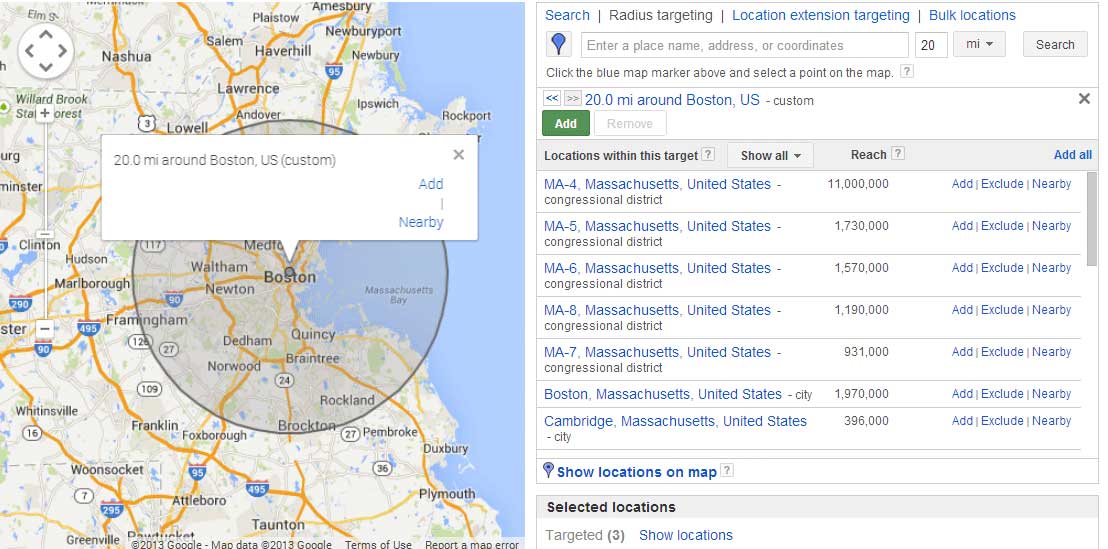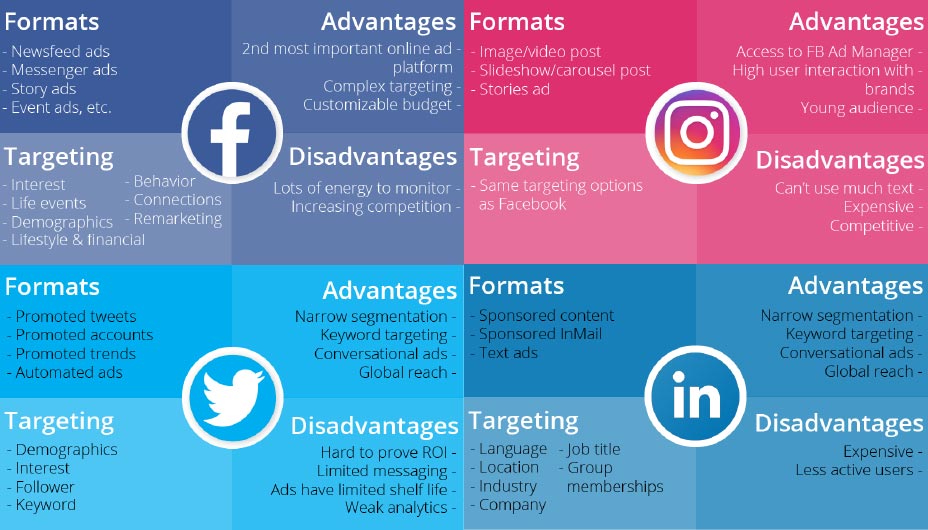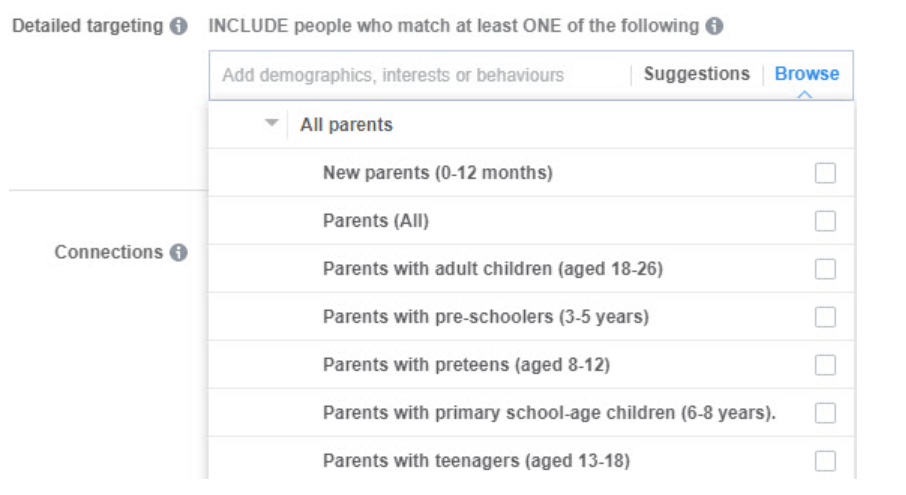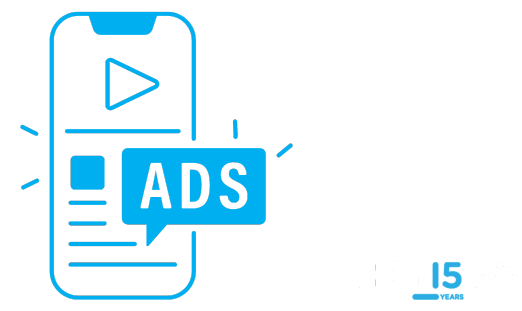
With increasing online competition, Language School Advertising has become more difficult to master on search engines and social media. Given their niche market in the education industry, relatively smaller institutions like language schools may feel this digital shift even more forcefully.
However, a small amount of ad spend can make a huge difference in a language school’s online presence. Through paid ads, thorough research, strategic targeting, and multilingual campaigning, language schools can generate more inquiries and applications from many prospects. An effective language school marketing strategy will not only generate a substantial ROI in terms of bookings but will contribute to a more diverse student body at your language school.
Read on to learn how to develop a successful language school advertising campaign tailored to your prospective student base.
Search Engine Advertising for Language Schools
Advertising on search engines lets your school reach prospects looking for language courses.
Prospective language school students are likely to conduct research before settling on a particular school or location, especially if they’re moving to a new place. They will likely turn to search engines to explore their options.
However, if your school doesn’t show up on the first page of their search results, chances are that prospects will miss it entirely. With search engine ads, you can ensure that your most prized prospective students are immediately exposed to your school online. Here are a few tips to help you get started.
Research Relevant Higher Education Keywords
Every successful search engine advertising campaign begins with thorough keyword research. The keywords you choose will dictate the cost-per-click (CPC) of your ads and influence which prospects you reach.
Example: Some common language school keywords – such as “study English” – are rather broad, while others, like “short English summer courses,” target prospects looking for a particular program. Your school’s budget, as well as its advertising goals, will dictate which keywords you bid on.

Many tools are available to help you find which keywords best fit your school, but the best place to start is usually Google Ads Keyword Planner. This tool provides an exhaustive list of relevant keywords, their monthly search volumes, the level of competition in ad auctions, and the average bids required for each one.
Example: After typing the keyword ‘study English in London’ into Keyword Planner, we are shown detailed data on its price and potential performance. The tool also suggests a host of other relevant keywords to bid on.

Choose the Right Search Engines for Your Language School Advertisement
With 92% of the search engine market, Google is an obvious first choice for language schools looking to supercharge their online visibility.
In today’s marketing world, Google Ads is essential, considering that Google’s first page captures at least 71% of search traffic clicks. While SEO will help your school reach that spot, there’s fierce competition, and Google Ads can help you stand out.
Example: When browsing different options, anyone looking to learn business French would be immediately exposed to CCE Concordia’s program.

If you want to diversify your language school advertising strategy, adding Bing Ads could help you generate more inquiries and applications. While Bing has a smaller reach than Google, keywords are typically cheaper to bid on, meaning you can find great ad deals on the platform.
However, remember that Bing users are primarily located in the US and are typically older than those who use Google. Depending on your target audience demographics, Bing may or may not be appropriate for your school.
If China is one of your target markets, you may consider a Chinese search engine such as Baidu since Google and Bing are banned in the country. With 80% of China’s search engine market share, Baidu is to China what Google is to the rest of the world.
Baidu advertisements aren’t all that different from ads on Google or Bing, as they offer similar search and display format options. The only formatting difference is the option to add photos, which isn’t possible on Google.
However, there is a significant difference between the platforms when setting up your campaign. To advertise on Baidu Tuiguang, companies must either register their business with Baidu—which involves presenting several documents in Chinese and paying a down payment and service fee—or go through an approved Baidu agency.
While a Baidu ad campaign is more complicated and costly to set up, some language schools may see a significant return on investment, considering the sheer number of students they can reach.
Search Engine Targeting Options for Language Schools
While your keywords will be the biggest factor influencing who your campaigns reach, search engines offer various targeting options—such as age, gender, and location—that must be considered carefully when creating the perfect language school ads.
Out of these demographics, location is likely the most important for language schools to get right. With prospective students spread across the globe, language schools must target the most viable regions if they want to find success with search engine advertising.
Example: With Google Ads, you can target multiple locations – both broad regions and specific places – or narrow your ad exposure to a certain area.

Talk with your school’s admissions team and agents about which audiences matter most regarding enrollment. These prospects could be local, live in specific countries, or be from certain linguistic regions—or perhaps a mix of these factors applies.
For instance, let’s say Spanish speakers make up many of your recent inquiries. Your ads could target students from countries such as Argentina, Columbia, and Mexico. If you find this audience is not getting results, however, it may be too broad, and you might have better luck targeting major cities in these markets, like Bogota, Buenos Aires, and Mexico City.
While targeting is not the only factor in search engine ads, it’s important to get it right to maximize your ad campaign’s ROI.
Social Media Advertising for Language Schools
While search engine ads grab prospects’ attention as they research schools, social media ads boast the benefit of offering various creative formats that help you showcase the attractiveness of your school and allow for complex targeting options that help you reach the right students.
Choose the Right Social Media Channels for Language School Advertising
Thinking about your target audience is helpful when it comes time to set your targeting options, and knowing who your prospects are will also help you choose the most relevant social media platforms to advertise on.
While many ad formats and targeting options overlap across multiple social media platforms, each has pros and cons, and language schools should carefully consider which ones best suit their advertising objectives.

For instance, let’s say you want to promote a Business English program on social media. Your first instinct would likely be to create an ad on Facebook since it’s the most popular social media advertising platform – and the second largest online advertising platform after Google.
If you decide to go this route, you’ll easily be able to advertise your program on Instagram, too. Since Facebook owns Instagram, campaigns on both platforms are run through Facebook’s Ad Manager. You can even create a single campaign that includes ads served to both sites. Your school may also want to throw LinkedIn Ads into the mix. As the online hub for career-driven professionals, you may find many career-driven prospects that would be an excellent fit for your course.
Target the Right Student Prospects
One of the best perks of social media advertising is the highly detailed targeting options each platform offers.
While it may be difficult to target the right students initially, with some digital marketing tips in your toolkit, you can ensure the most qualified prospects see your social media ads.
To target your Facebook ads, for example, first consider the demographics – such as age, gender, and language – of the audience you wish to reach. For example, if you want to promote a language program for mature students, narrow the age range when setting up your ad.
Location is another crucial part of any good social media campaign, just as it is for search engine ads. On Facebook, you can target broad locations such as cities, countries, and continents by postal code or the radius of a specific address. What’s more, you can target people who permanently live in a specific region, people who are visiting it, or people who were there recently.
Example: Language schools can target people who used to live in certain countries to reach newcomers to your location who may need to improve their language skills. For example, if you know many Brazilians who live and work in your city or region, you can use the ‘Lived in Brazil’ behaviour targeting field.

With Facebook Ads, you can also target people with certain interests. If any of your prospective language students are travel-minded, for example, you may want to target those interested in ‘travel,’ ‘food,’ or even ‘sun tanning’ if your school’s location boasts that perk!
Language schools should also think about whether their prospects have people in their lives who are likely to influence their education decisions, such as parents or employers. For instance, if you want to promote an ESL summer camp for kids, you will most likely want to target parents instead of the prospects themselves.
Example: With Facebook Ads, you can target parents with ads about your summer camp and specifically target those with kids who fall into the right age range.

Each social media channel offers its unique targeting system, and you’ll find different options on LinkedIn, Twitter, and others that may make them superior or inferior options for your needs. Once you’ve mastered working with one platform, however, you should have a good sense of how to create a successful language school ad campaign on others.
Create Successful Social Media Ads
You can create social media ads in all shapes and sizes. There are numerous ways to present and promote your school, from videos to stories to photos.
The ability to choose from several different formats is particularly beneficial to language schools. For instance, if you’re targeting prospects who may not be well-versed in your language, you can rely on visuals to help communicate your message.
The ability to add images to your ads also helps language schools recruit those who want to learn a new language and experience a new culture. With pictures, your school can showcase its travel perks, a big selling point for many language school prospects.
Example: This Language Systems International ad on Facebook strategically shows off a beautiful Los Angeles beach, showcasing the school as a travel destination as much as an educational institution.

Regarding social media advertising, language schools can use numerous angles to showcase their location to interested prospects.
Creating Multilingual Ad Campaigns for Language Schools
Since language school prospects have varying degrees of English proficiency, schools should strongly consider creating ads in their languages. When they see your school’s ad appear on social media, they’ll better understand your offer.
If your school decides to launch a multilingual advertising campaign, you must tailor each step of the paid advertising process to your target linguistic demographic. This involves researching keywords in different languages, deciding which regions to target, and creating advertisements that present key information in your chosen languages.
Example: Written in French, this Facebook ad for Camp Pilgrim effectively attracts French-speaking students to the summer English language camp.

Creating landing pages in other languages is an essential – but often overlooked – part of multilingual marketing campaigns. If a prospect can understand the information on a web page, they’re more likely to fill out the inquiry form.
Example: The above ad for Camp Pilgrim links directly to this landing page, which is also in French.

Once a prospect has filled out the inquiry form on your landing page, you no longer have to advertise to them – but now you’ve got the entire lead nurturing process ahead of you. Following up with leads in their language makes the admissions process much easier for those who aren’t fluent in English. Your efforts to accommodate their linguistic needs won’t go unnoticed – the more comfortable they feel with your school, the greater the chance they will apply.
Monitoring your Language School Advertising Campaigns
Creating an ad suitable for your school’s prospective audience is only half the battle for effective education advertising. You must consistently analyze and optimize your paid advertising strategy to maximize results. Most platforms offer helpful monitoring tools to enable you to measure your performance.
For example, Facebook offers a wealth of performance data for advertisers to use when evaluating their campaigns. You can analyze the impressions, link clicks, and leads your ad generates and your CPC and link click-through rate.

You can also monitor your campaign progress and keyword performance on Google Ads. For cost-effective paid advertising, don’t waste money on keywords that are not successfully bringing users to your website.
These metrics will help you determine, based on your paid advertising goals, which ads are worth repeating, which need reworking, and which you should abandon entirely.
Remarket Your Language School Ads
Regardless of how your language school ad campaign performs, remarketing can help you achieve even greater results. Remarketing is one of the most effective ways to convert interested leads into applicants. According to a recent study, website visitors retargeted with display ads are 70% more likely to convert.
This advertising tactic works by tagging a person who looks at your website. As they browse the internet, ads from your school will appear, drawing that prospect back to your website to submit an inquiry or application. Since these campaigns only target those who’ve already demonstrated an interest in your school, you will likely see a substantial ROI on your remarketing efforts.
FAQ To Consider
How do you promote a language program?
In today’s marketing world, Google Ads is essential, considering that Google’s first page captures at least 71% of search traffic clicks. While SEO will help your school reach that spot, there’s fierce competition, and Google Ads can help you stand out.







